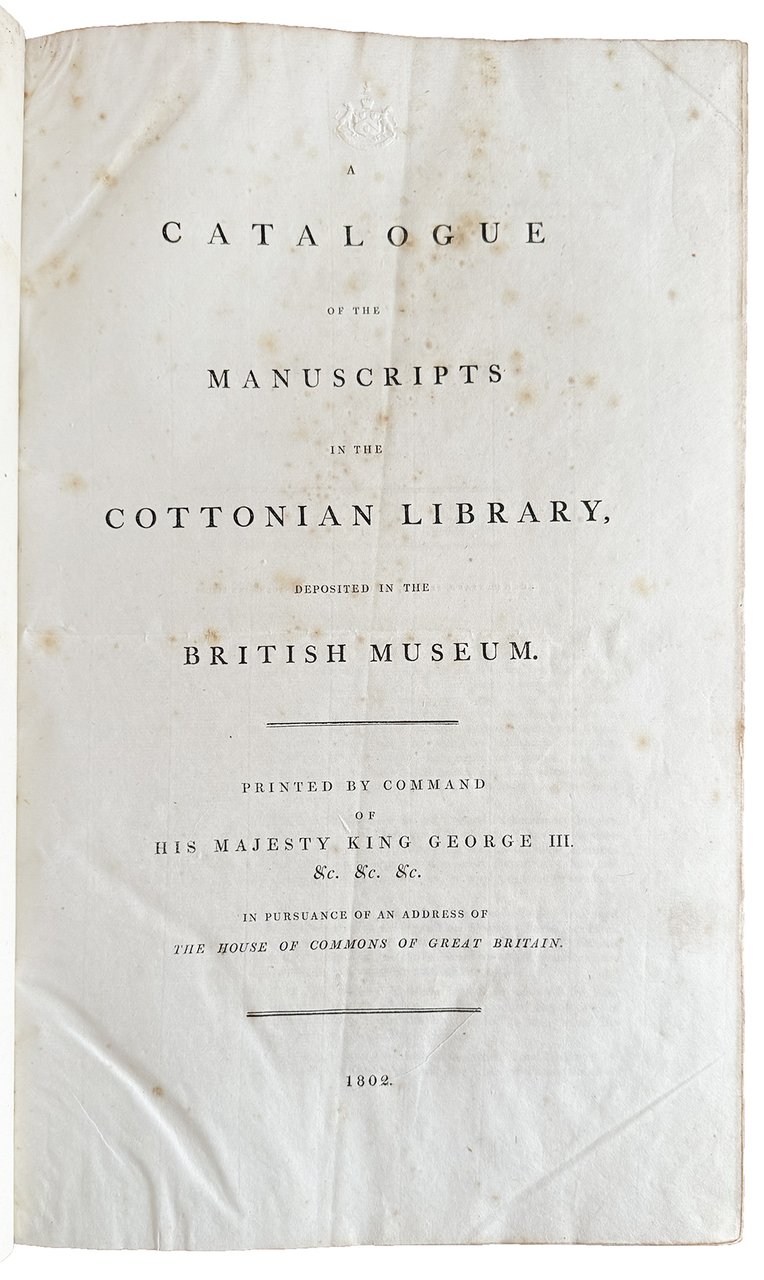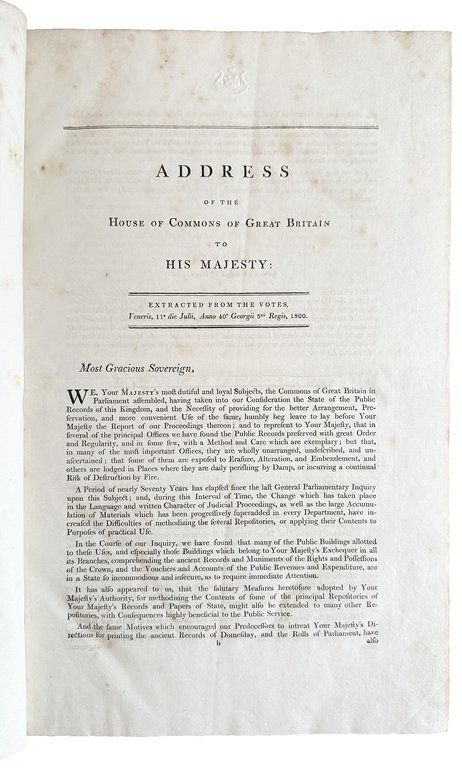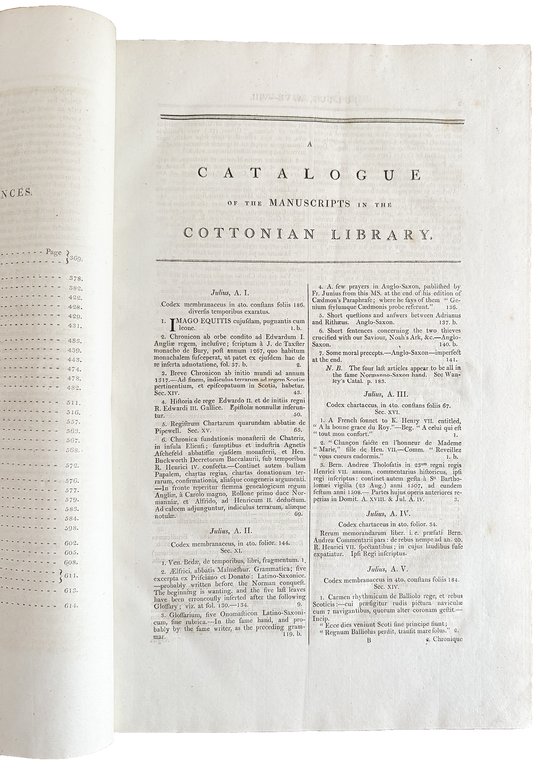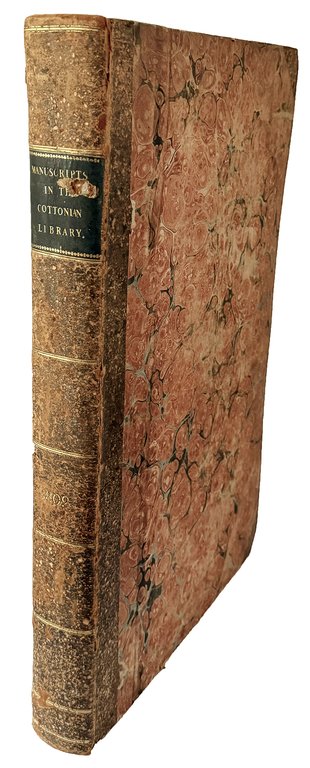



Rare and modern books
PLANTA, Joseph (1744-1827)
A catalogue of the manuscripts in the Cottonian Library deposited in the British Museum
Printed by command of His Majesty King George III. in pursuanc, 1802
480.00 €
Govi Libreria Antiquaria
(Modena, Italy)
The correct shipping costs are calculated once the shipping address is entered during order creation. One or more delivery methods are available at the Seller's own discretion: Standard, Express, Economy, In-store pick-up.
Bookshop shipping conditions:
For items priced over €300, it is possible to request an instalment plan from Maremagnum. Payment can be made with Carta del Docente, Carta della cultura giovani e del merito, Public Administration.
Delivery time is estimated according to the shipping time of the bookshop and the courier. In case of customs detention, delivery delays may occur. Any customs duties are charged to the recipient.
For more infoPayment methods
- PayPal
- Credit card
- Bank transfer
-
-
Find out how to use
your Carta del Docente -
Find out how to use
your Carta della cultura giovani e del merito
Details
Description
One of the three collections acquired by the British government to form the British Museum Library, the library of Sir Robert Bruce Cotton (1571-1631) is “arguably the most important collection of manuscripts ever assembled in Britain by a private individual” (C.J. Wright, Sir Robert Cotton As Collector: Essays on an Early Stuart Courtier and His Legacy, London, 1997). Presented by his grandson, Sir John Cotton to the nation in 1701, it fell victim to a disastrous fire in 1731, when 212 of 958 manuscripts were destroyed or badly damaged. The library, which was transferred to the British museum in 1757 and contains spectacular treasures like the Lindisfarne Gospels, two of the contemporary copies of the Magna Charta, and the only surviving manuscript of Beowulf, was the result of Cotton's forty-year research and effort to preserve manuscript materials, principally relating to England's history and governmental affairs. Located in Cotton House in the Palace of Westminster, the library was housed in a narrow room and had an unusual arrangement. A bronze bust of a historical personage, including Augustus Caesar, Cleopatra, Julius Caesar, Nero, Otho, and Vespasian, was placed at the head of each bookcase. In total, there were fourteen busts, and the shelf marks were thus formed by bust name, shelf letter and volume number. Joseph Planta, principal librarian at the British Museum, revised Smith's original catalogue of 1696, extending the number of entries from 6,000 to c. 26,000 and adding a substantial index.

